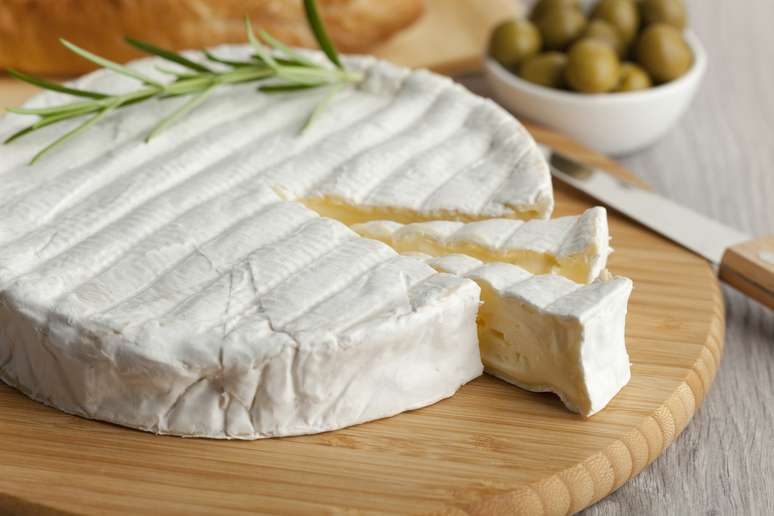Even though they are white mold cheeses, they differ in many aspects; find out which ones
Anyone who thinks that cheese is the same thing is wrong. In fact, there are so many types that we even get lost. To make life easier for cheese lovers, we consulted cheese sommelier Falco Bonfadini, owner of Galeria do Queijo and one of the founders of the Associação dos Queijistas do Brasil, to clarify the differences between Brie and Camembert cheeses.
White mold cheeses
Both Brie and Camembert are classified as white mold cheeses, meaning they have a white, velvety rind covering them. “This shell can be composed of a wide variety of molds (fungi) and/or yeasts, such as Penicillium Candidum or camemberti and Geotrichum Candidum, for example,” reveals Bonfadini. And yes, it is edible and adds a lot to the flavor of the cheese.
Brie X Camembert: what’s the difference?
Its origin is the same: France. They are also made with the same type of milk, cow’s milk. For its production, however, different initial ferments are inserted, that is, the bacteria that help transform milk into cheese are different from each other. Furthermore, cheeses are strongly influenced by the environment in which they are produced, especially if made from raw milk. The climate, vegetation and livestock nutrition, altitude and much more also contribute to this process.
This is why brie cheese has a less intense flavor than camembert, which has a more present mushroom flavor while brie has more cream and is more buttery in taste. Another factor that differentiates them is the size, brie has a larger diameter, while camembert is produced in small pieces.
How to use them in the kitchen?
“Both are excellent companions on a charcuterie board and go very well with jams, dried fruit, figs, honey or as a filling for pasta and bread,” suggests the cheese sommelier. As for brie cheese, a tip is to add it melted to a salad of various vegetables and raw ham or to bake it in the oven on a layer of potatoes with caramelized onions, pieces of bacon and a little parmesan to gratin, a recipe tested and approved by the specialist.
Camembert, in turn, is delicious melted in the oven in a saucepan or inside a loaf of bread, becoming a sort of fondue perfect for “dipping” pieces of bread and eating. You can include some rosemary and honey.
Cheeses and wine: find out how to pair them
Natural wine specialist and owner of Casa Vivá, in Porto Alegre, Cristian Silva, reveals that the first thing to pay attention to when pairing is the origin of the product. Brie, for example, is produced between Paris and Champagne, making it an excellent accompaniment to a splendid sparkling wine. Camembert, on the other hand, goes well with cider or Poiré (apple and pear sparkling wines), since these are the fermented ones mostly produced in Normandy, where this cheese comes from.
“The bubbles go well with the characteristic creaminess of both cheeses. However, the bubbles can also be replaced by acidity. So, generally, for both we can trust sparkling wines, full-bodied whites and lighter, fruitier reds”, He says.
Source: Terra
Ben Stock is a lifestyle journalist and author at Gossipify. He writes about topics such as health, wellness, travel, food and home decor. He provides practical advice and inspiration to improve well-being, keeps readers up to date with latest lifestyle news and trends, known for his engaging writing style, in-depth analysis and unique perspectives.








